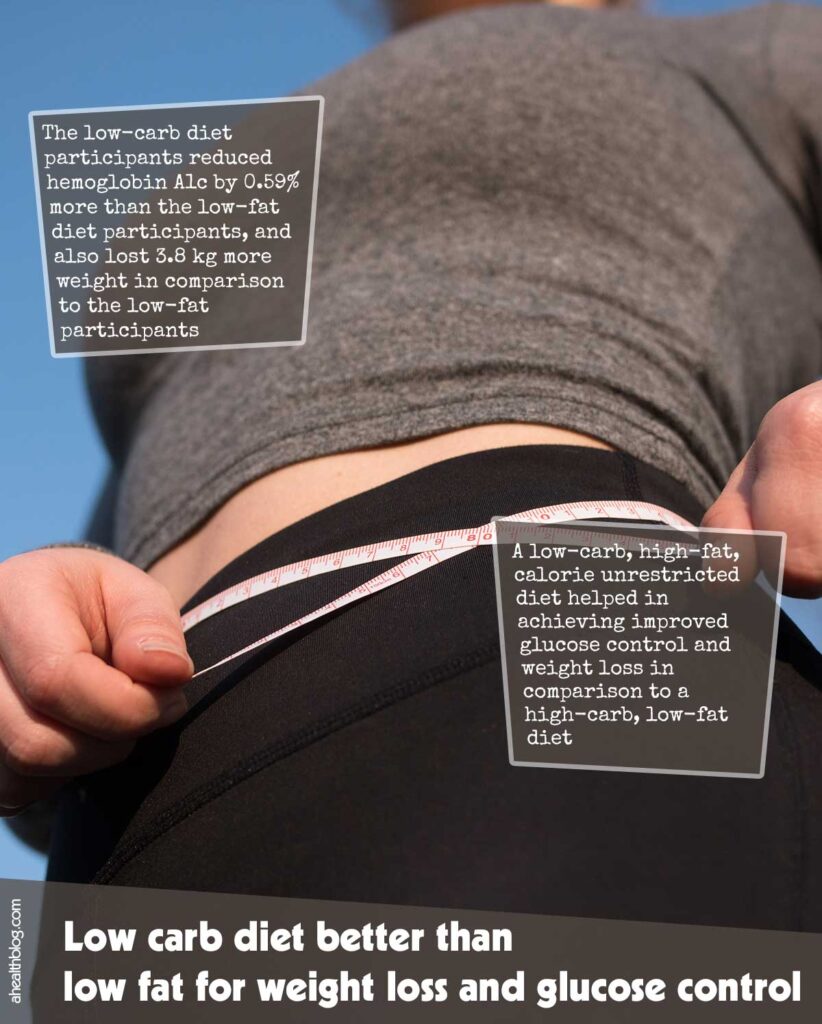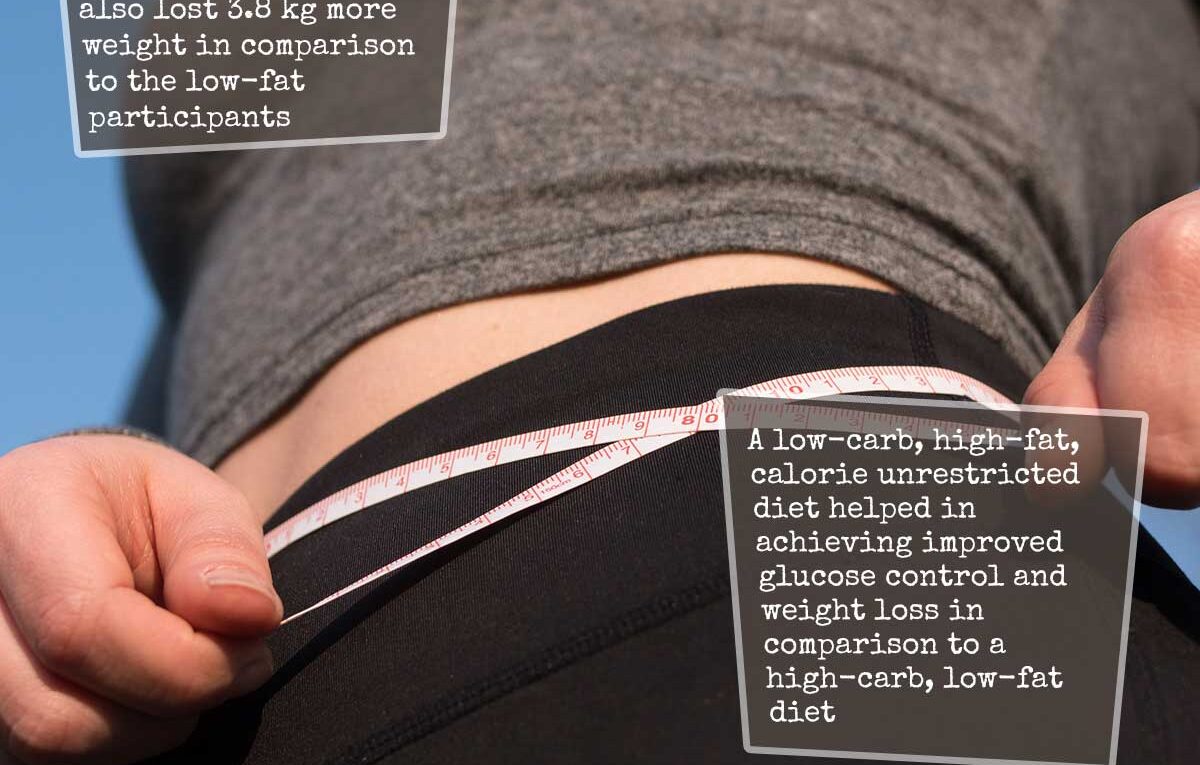Study Shows Low Carb Diet Superior to Low Fat Diet for Weight Loss and Glucose Control
A recent randomized controlled study with over 100 individuals who have type 2 diabetes revealed that following a diet consisting of fewer carbohydrates, higher fat and no calorie restrictions resulted in better glucose regulation and weight loss over 6 months compared with following a high-carb, low-fat regimen.
Over 480 million individuals worldwide are affected by type 2 diabetes. About 50-70% of diabetics also have nonalcoholic fatty liver disease, which may progress to cirrhosis and impair liver function.
Studies conducted so far indicate that weight loss improves nonalcoholic fatty liver disease and diabetes management, while carb restriction provides better blood sugar regulation.
Over six months, 165 individuals with type 2 diabetes were randomly allocated either a low-carb, high-fat diet or a high-carb, low-fat diet for six months. Each group consumed an equal number of calories equivalent to their energy expenditure.
Participants on low-carb diets were instructed to consume no more than 20% of their calories from carbohydrates; they could still get between 20-30% from protein and 50-60% from fat, though. On a low-fat diet they were asked to get 50% from carbohydrates with the remaining calories distributed evenly among proteins and fats.
Researchers found that participants on low-carb diets reduced hemoglobin A1c by an extra 0.59% compared with low-fat participants and saw weight loss of 3.8 kg more over time compared with them. Furthermore, they lost more body fat while their waist circumference also decreased more quickly.
At 6 months, both diet groups experienced reduced triglycerides and higher HDL cholesterol. Unfortunately, however, changes were not sustained 3 months post-study, suggesting that diet changes must be maintained for their effects to last.
Dieters following low-carb diets did not experience any negative impact from high fat consumption on the liver; there was no noticeable difference in terms of inflammation or liver fat between both groups.

